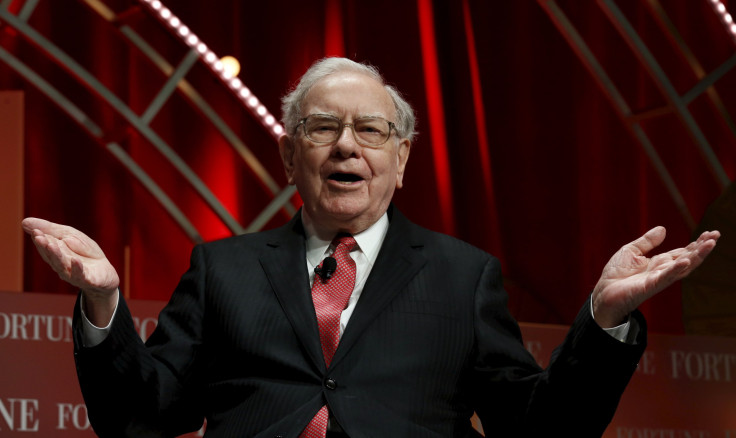Berkshire Hathaway Avoids Downgrade As S&P Reclassifies It As Corporate Conglomerate

Credit-rating firm Standard & Poor's now views Warren Buffett's Berkshire Hathaway Inc. as a corporate conglomerate instead of an insurance company, the Omaha World-Herald reported.
Berkshire Hathaway, based in Omaha, Nebraska, has increasingly grown to include more non-insurance-based businesses, which accounted for about half of its assets and three-fourths of its pretax profits. That also includes its $37 billion purchase of Oregon-based aerospace parts manufacturer Precision Castparts Inc.
With the reclassification, Berkshire Hathaway avoided a potential downgrade of its AA credit rating, which had been on the table since Aug. 11, in part because there were doubts as to how Berkshire Hathaway would pay for the acquisition of Precision Castparts, Reuters reported. Had it been downgraded, the company’s borrowing costs would have increased.
"This change reflects our view of the increasing importance of Berkshire Hathaway's noninsurance businesses relative to the group's consolidated operations," Standard & Poor's credit analyst Laline Carvalho said in a statement.
While Berkshire is known for its ownership of the Geico car insurance company, its noninsurance assets include Nevada utility NV Energy, chemical company Lubrizol and BNSF, a freight railroad company. Berkshire also holds about a 27 percent stake in Kraft Heinz Co.
Berkshire Hathaway’s insurance companies only account for about a quarter of its profits. But at the same time it uses some of the revenue generated from those assets to make new acquisitions.
While Berkshire avoided a downgrade, S&P could lower the ratings of its insurance-based subsidiaries if the risk profile of those assets deteriorate. It isn’t expected to raise Berkshire Hathaway’s rating in the intermediate term because of the potential risk.
© Copyright IBTimes 2025. All rights reserved.






















